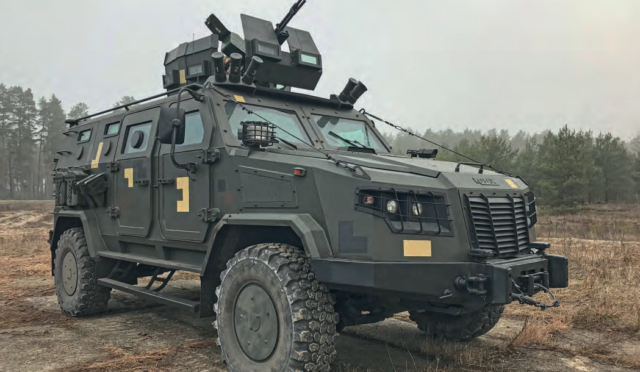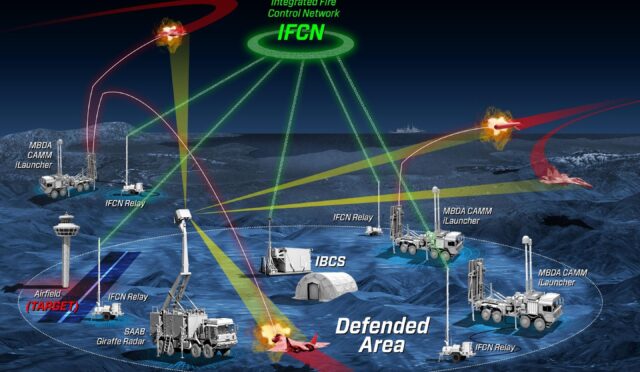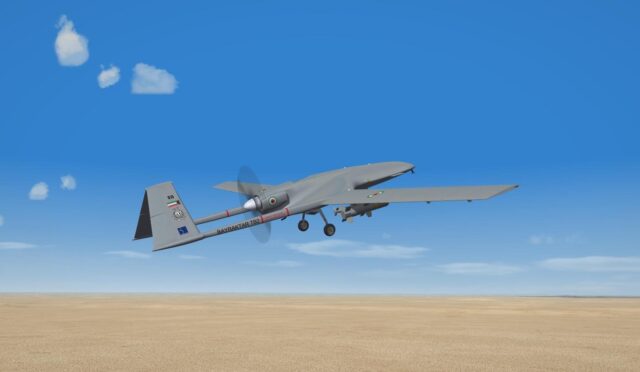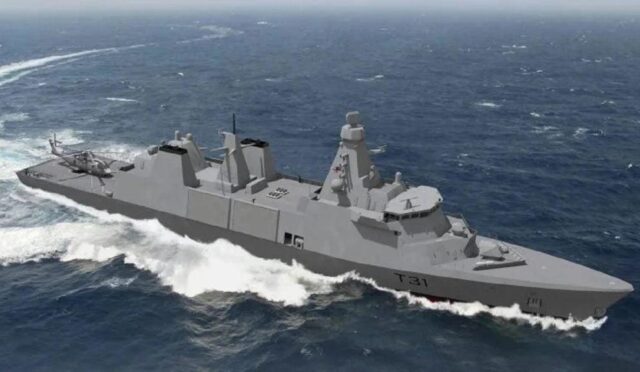AirLAS Drone Technology Revolutionizes Missile Launching
In an exciting development for drone warfare, German defense companies Diehl Defence and POLARIS have joined forces to introduce the Airborne Launching and Attack System, or AirLAS. This innovative platform transforms reusable drones into long-range missile launchers, offering nations a cutting-edge solution for aerial combat. By utilizing Diehl’s proven IRIS-T air-to-air missile technology, AirLAS aims to provide military forces with a cost-effective and efficient way to deploy precision munitions without relying on traditional piloted aircraft.
The collaboration combines Diehl’s advanced missile systems with POLARIS’s expertise in unmanned aerial vehicles (UAVs). This development not only enhances the operational capabilities of armed forces but also potentially reduces the risk to human pilots by operating drones remotely. With the AirLAS system, countries can expect to see a significant shift towards unmanned platforms in future military engagements, paving the way for a new era of aerial warfare.
Cost-Efficiency and Tactical Advantages
One of the primary motivations behind the AirLAS initiative is its cost-effectiveness. By deploying missiles from unmanned drones, military forces can avoid the high operational costs associated with manned flight missions. The potential savings could allow nations to allocate resources more effectively while enhancing their defense capabilities. This approach not only streamlines the process of missile deployment but also increases the flexibility of military strategies in various combat scenarios.
Moreover, the ability to launch precision strikes from a distance can offer tactical advantages on the battlefield. AirLAS drones can operate at altitudes and distances that may be difficult for traditional aircraft, reducing their vulnerability to enemy defenses. This innovative solution aligns with modern warfare’s growing emphasis on unmanned systems, offering an alternative that leverages advanced technology to maintain strategic superiority.
Implications for Global Defense Strategies
As nations around the world continue to invest in drone technology, the AirLAS system represents a significant step forward in the evolution of military capabilities. Countries are increasingly recognizing the advantages of unmanned systems not only for combat effectiveness but also for intelligence, surveillance, and reconnaissance (ISR) missions. The introduction of AirLAS could influence global defense strategies, leading to a wider adoption of drone technologies across various branches of armed forces.
Furthermore, this development raises important questions about the future of warfare. With more countries embracing unmanned combat systems, there is a growing need for international regulations and ethical considerations regarding their use. As AirLAS and similar technologies become operational, the global security landscape may shift dramatically, prompting nations to reevaluate their defense postures and partnerships.
Industry Insights and Future Prospects
Experts in the defense sector anticipate that technologies like AirLAS will spur further innovation in unmanned systems. As competition intensifies among global defense contractors, we can expect to see accelerated advancements in drone capabilities, efficiency, and versatility. The integration of artificial intelligence and machine learning with drone technology could lead to more sophisticated systems that assist military operations in unprecedented ways.
In conclusion, the AirLAS project exemplifies the future of military technology. With its focus on cost-efficient, effective long-range missile deployment through unmanned platforms, it heralds a transformational shift in how military forces engage in aerial combat. As defense companies like Diehl and POLARIS continue to innovate, the implications of such advancements will undoubtedly shape the warfare landscape for years to come.







